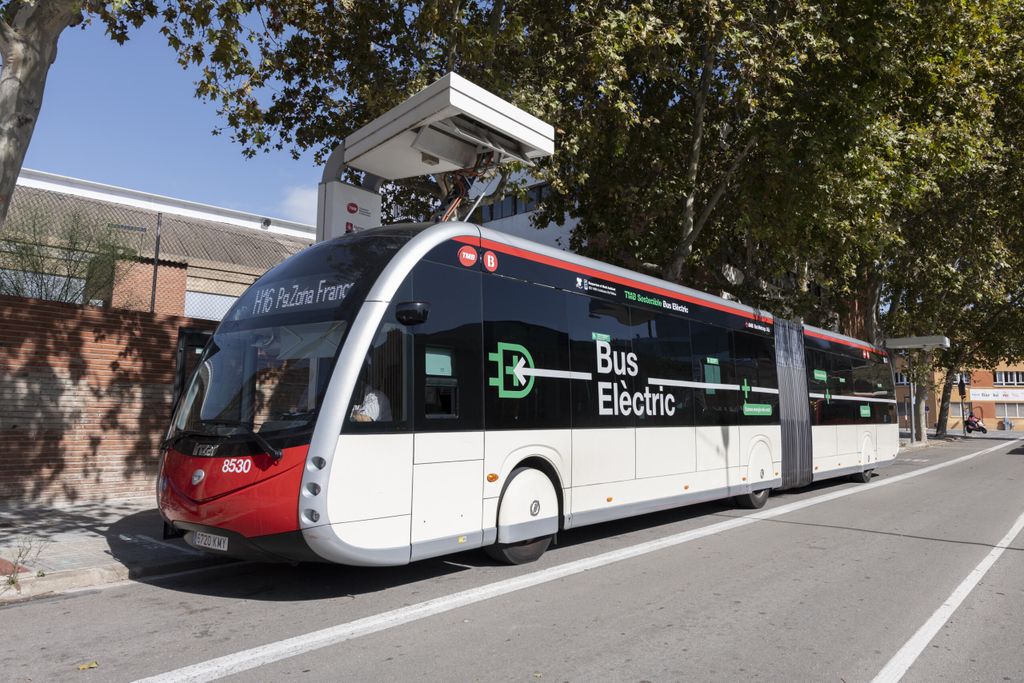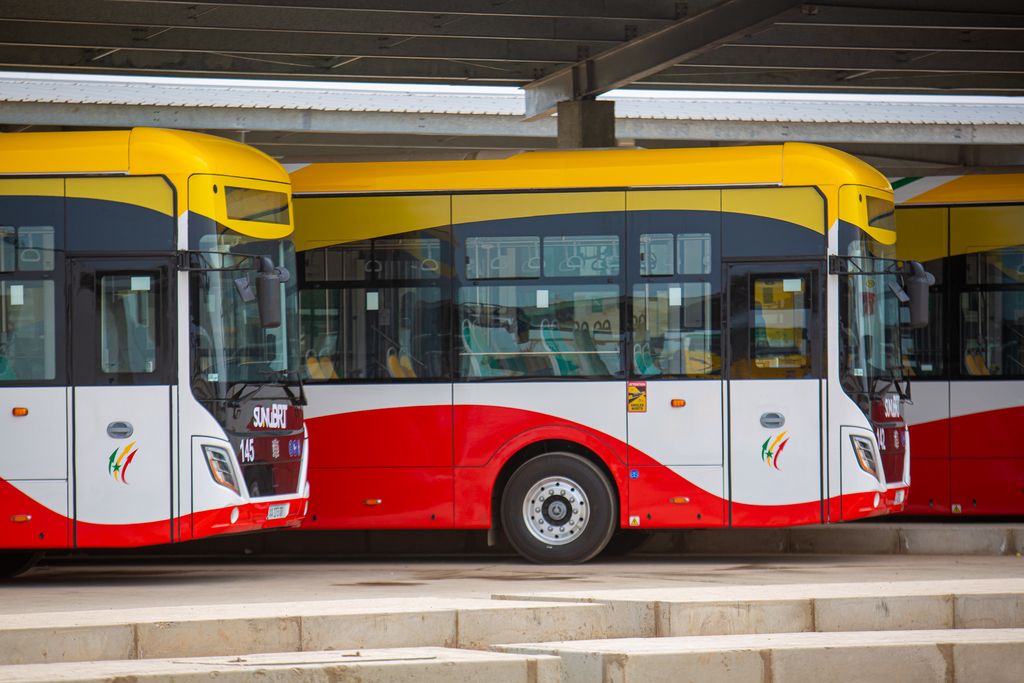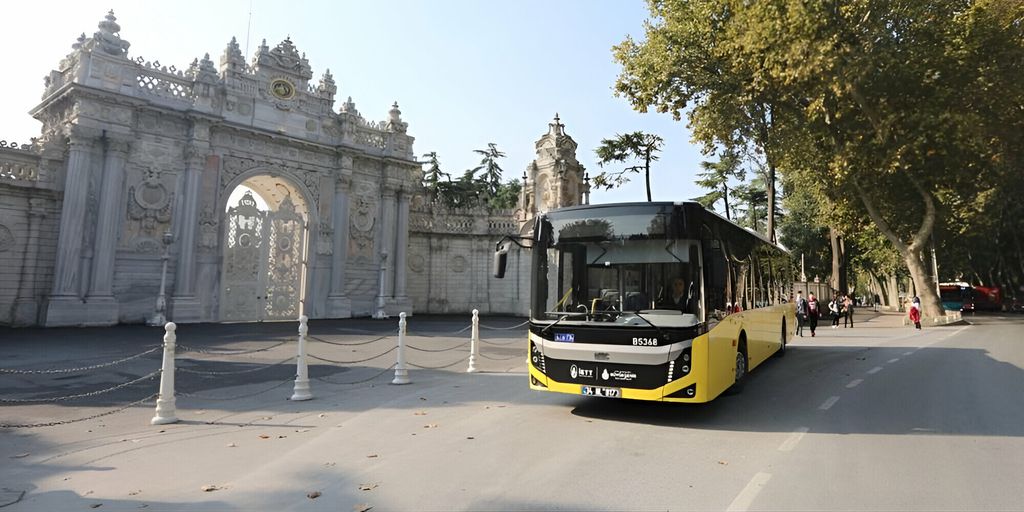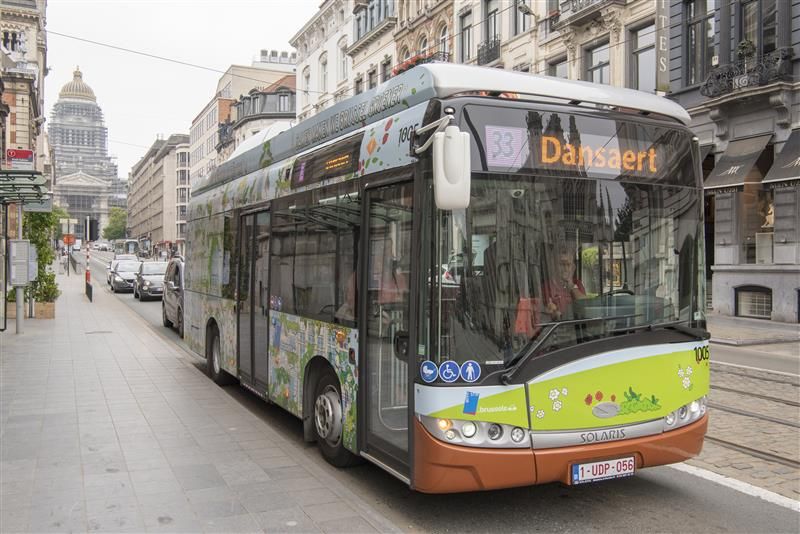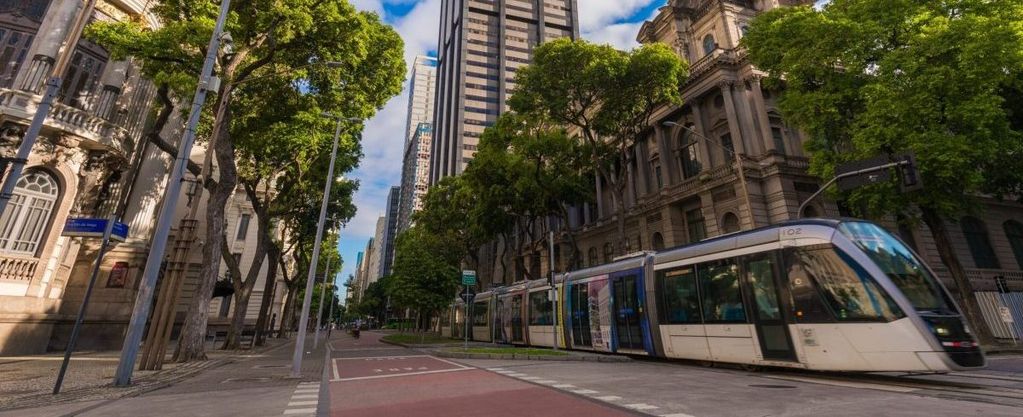
The road to sustainability: Transition to renewable energy in public transport
Reaching our decarbonisation goals
For many years, a significant proportion of public transport operations have relied on polluting fossil fuels. However, public transport is an energy-efficient mode of travel and is already partially powered by electricity, positioning the sector as a leading provider of sustainable transport.
In order to maintain this leadership role and take its share of the burden of reducing emissions, the sector is currently decarbonising its activities by transitioning to renewable energy sources. This includes the electrification of vehicle fleets (including buses, boats, shared cars and trains) and investing in fleets powered by other alternative energy sources, such as hydrogen or biofuels.
For the sector to achieve this transformation and meet its decarbonisation objectives, it must invest both in new green fleets to ensure that they have access to green and renewable sources of energy; the energy supply for existing fleets and other public transport assets must not be ignored in striving for CO2 benefits throughout an organisation.
This report provides guidance on how public transport undertakings can achieve a successful energy transition to their decarbonisation goals, including examples of best practices from around the world.
Are you a UITP member?
Access the Report via MyLibrary
Not a UITP member?
Contact
UITP

Arthur CORMIER
Sustainable Development & Design and Culture Committees Manager – Knowledge & Innovation[email protected]
our members

